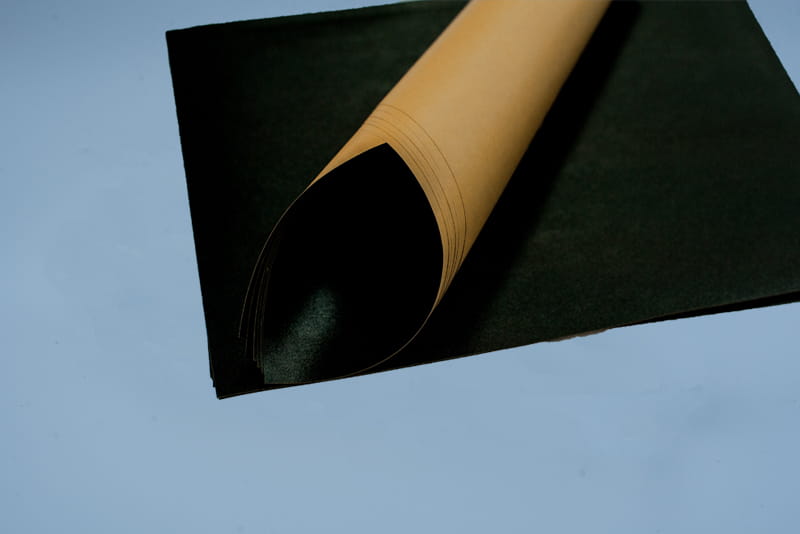 Free consultation
Free consultation
 Call Us for Enquiry
Call Us for Enquiry
 Free consultation
Free consultation
 Call Us for Enquiry
Call Us for Enquiry
There are a number of different varieties of abrasives to consider, for any smoothing job ranging from gentle, fine finishing, to heavy-duty cutting.
Flint.
This is the familiar tan sandpaper. The grit is a natural grayish mineral. It has largely been supplanted by other sandpapers because its cutting ability and durability are limited. Its chief virtue is that it’s the cheapest of all sandpapers.
Garnet.
The reddish grit on this paper also is a natural product. It cuts much better than flint but a number of experts say it should be limited to sanding bare soft wood. It costs a little more than flint.
Aluminum Oxide.
The reddish brown grit covering this paper is synthetic. Aluminum oxide is far and away the most popular among do-it-yourselfers. The synthetic grit is harder than flint or garnet and cuts quite well. Experts at 3M (who, incidentally, call their aluminum oxide production paper) say it’s the best buy for the do-it-yourselfer because of its durability. Its cost is the same as garnet.

Silicon Carbide.
The synthetic grit covering on this paper is the hardest of all. As such, its capable of sharper, smoother cutting than other papers, and woodworking purists favor it for final smoothing of furniture projects. Because of its hardness it also lasts quite a while when used to smooth plastic, fiberglass and glass. It may be used with oil or water when extra fine smoothing is desired, and it can be washed and reused. It cost approximately 25 percent more than aluminum oxide and garnet.
Emery.
The black sandpaper, commonly called emery cloth, is used to smooth metal and take off rust. It has been displaced to a large degree by aluminum oxide and silicon carbide (which are better) but it still is available because people aren’t conversant with the usefulness of the other two papers on metal.
When using sandpaper, the key consideration is grit size, or relative smoothness of the sandpaper. The rule is that you go from coarse to progressively finer smoothnesses. To this end, manufactures make some 22 grit sizes ranging from material known in the trade as flour to shotgun-size pellets, which one sees on floor-sanding belts. In actuality, however, the consumer is limited to the grit sizes commonly obtainable. Generally, dealers stock only sizes they know they can sell. If you want special size grits for an unusual application you must go to a cabinet maker or piano maker, etc., or have it specially ordered from super fine to extra coarse, and two ways numerically. One system in popular use, called the industrial system, runs from 600 (the finest grit) to 12 (the coarsest). The other, no longer technically used but mentioned here because it still is referred to in various literature, runs from 10/0 (the finest grit) to 4 1/2 (the coarsest).
Sandpaper comes with the grit to various backings – paper, cloth, fiber, or combination of these and in various weights. Backing weights range from A to E in paper (E is the stronger) and come in J and X weights in cloth. One needn’t be concerned about these. Manufacturers mate the tape and weight of the paper to the grit. For example, the finer weights with the finer grits, the heavier with the sparser grits, etc.
Sandpaper also comes in closed and open coat, which refers to the amount of grit on the backing. On closed coat, up to 95 percent of the surface is covered by the grit. On open coat, only 50 percent and up of the surface is covered by grit. Open coat is preferred when one wants the paper to last a while. Open-coat paper ban be banged to remove sanding dust between the grit. Closed-coat tends to clog up.
Most brands of sandpaper carry relevant characteristics on the back of the package – the type, the grit, the paper weight and whether it is the closed-coat or open-coat.
There are other abrasives you may want to consider, and following is a brief discussion of each.
Pumice.
This is a rubbing material for use on such projects as fine furniture finishing. It comes in various grades. FFF grade is usually used.
Rottenstone.
This material – a siliceous limestone – is available in one grade at paint and hardware stores.
Steel Wool.
Its available in various grades for rubbing wood after any finish has been removed.
Sanding Blocks.
These are flexible, sponge like blocks covered with grit and used like sandpaper.
Crocus Cloth.
This is a cloth impregnated with jeweler’s rouge. Its occasionally used in woodworking but is really for polishing fine materials.